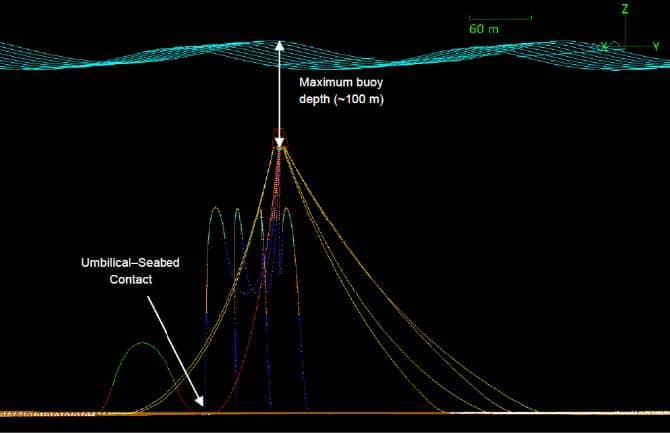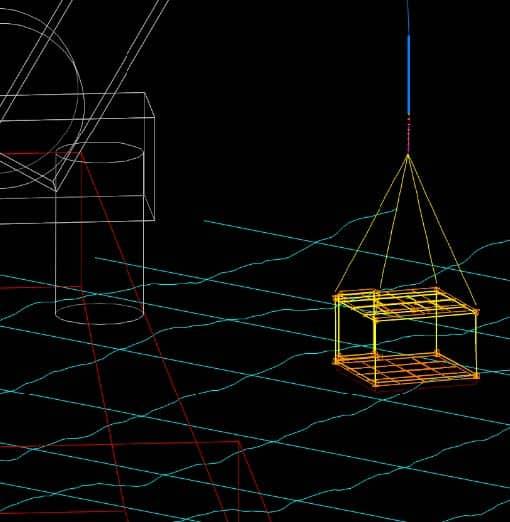Stabilizing large diameter natural gas pipelines on the seabed against extreme hydrodynamic loading conditions has proven to be challenging in the northwest of Australia. Tropical storms, which affect the area annually between November and April, can generate wave heights exceeding 30 m and storm steady state currents of 2 m/s or more. Consequently, in shallow water depths, typically less than 40 – 60 m, subsea pipelines can be subjected to very high hydrodynamic loads, potentially causing significant lateral movement. To mitigate the risk of the pipeline suffering mechanical damage due to excessive lateral movement, quarried and graded rock is often dumped over the pipeline as a secondary stabilization solution.




